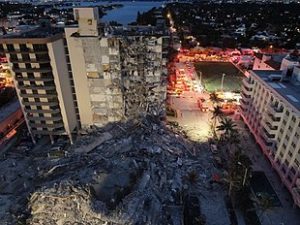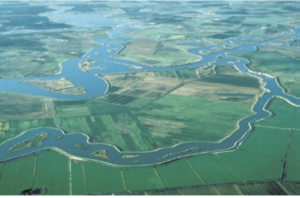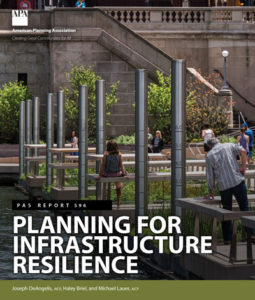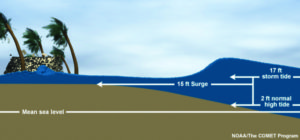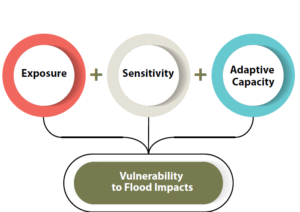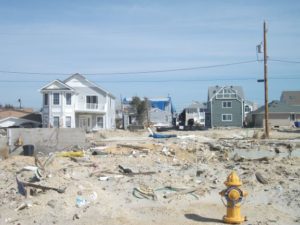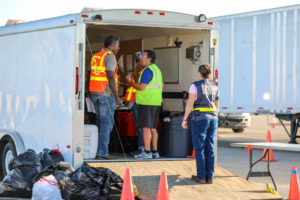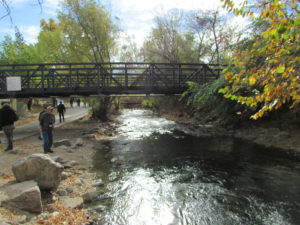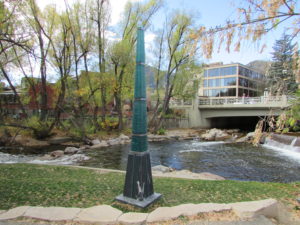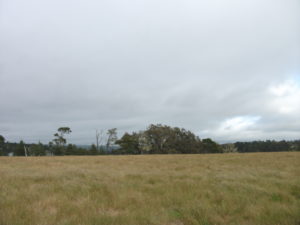The recent collapse of the Champlain Towers in Surfside, Florida, has cast a spotlight on numerous issues concerning building maintenance, private and public decision-making processes, potential (but highly uncertain) corrosive impacts of sea level rise, and even the continuing exposure of rescue workers to COVID-19, in addition to environmental and occupational hazards. That is all in addition to the governance questions surrounding condominium boards, given the news of past debates about deferred but expensive maintenance once consultants revealed structural deterioration in the 12-story complex.
I wish to be clear about my purpose in writing this post. As an urban planner and researcher, I have doggedly sought to focus on known facts and accurate assessments of hazardous situations of any type. Sometimes, the truth is clear enough. In others, it is wise to withhold judgment while raising questions that deserve thoughtful answers. In this instance, there are so many aspects to the story of the condo building collapse that caution is the appropriate approach because new facts seem to emerge daily. One question—why the North Tower did not collapse while the South Tower did—may compel further inquiry on the role of condo boards in driving decisions about investing in maintenance before catastrophe strikes, but further investigation may reveal many nuances to that story as well. Complete answers are not always simple or obvious.
I have no intention of rushing to judgment on the tragedy in Surfside. But I do wish to focus on one issue that I know is endemic to housing development on a nationwide basis: the roles and responsibilities of homeowners associations (HOA) for managing and maintaining property. Condo boards are one specific subset of HOAs, based on the nature of the buildings. But the issues are not limited to such buildings; they can easily affect the management of townhouse developments and gated subdivisions as well.
Five years ago, when the American Planning Association (APA) and the Association of State Floodplain Managers (ASFPM) collaborated to produce a Planning Advisory Service Report, Subdivision Design and Flood Hazard Areas, we confronted one ticklish issue that concerned us greatly, albeit with regard to flood (and some other natural) hazards rather than structural integrity of tall buildings. The underlying issue, however, dealt with the capacity of privately governed homeowner associations to manage, finance, and maintain hazard mitigation infrastructure over time. Of course, one can easily broaden the definition of such infrastructure to include structural integrity repairs in a situation where buildings can potentially collapse, just as it might include the need to maintain the structural integrity of bridges to prevent such tragedies as the collapse of the I-35 bridge over the Mississippi River in the Twin Cities in 2007. There is considerable room for flexibility in defining the issue so long as the focus remains on public safety.
Our concern at the time was the potential for a financially challenged homeowners association or special district to fail to maintain critical infrastructure before a natural disaster leads to catastrophic failure, whether because of flood, landslide, earthquake, or wildfire, among other possibilities. Chad Berginnis, the executive director of ASFPM, alerted us to an article published by two lawyers involved in owner association litigation in California, Tyler Berding and Stephen Weil. They offered several examples of such situations including Bethel Island, which sits in the Sacramento Delta and includes about 2,500 residents whose homes are protected by more than 11 miles of levees that
circle the island, just 12 miles from the Greenville Fault. Throughout the Sacramento-San Joaquin Delta, the potential cascading impact of an earthquake triggering massive flooding with failed levees is a nightmare of major proportions. However, residents had defeated a proposed parcel tax to finance improvements through the Bethel Island Municipal Improvement District (BIMID), leaving the district broke and laying off staff. Berding and Weill offered a series of suggestions for better planning and management of these situations.
Whether the case involves a special district like BIMID or special assessments imposed by an owner association board, the issue is the local or private responsibility for financing and maintaining the protective infrastructure to avert such tragedies. Disasters are almost never solely a function of natural forces affecting human communities. They are also a function of the location, condition, and resilience of those communities, and the greater the exposure, the greater is likely to be the long-term cost of restoring that resilience over time to prevent catastrophic loss. In many cases involving floods, landslides, or earthquakes, insurance may be unavailable or financially problematic. The ultimate result can be a bankrupt association and property owners who cannot recover their losses, let alone rebuild, yielding a combination not only of loss of life and property, but of financial calamity as well.
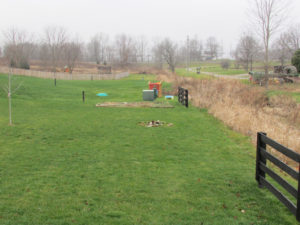
Pad-mounted Transformer in a floodplain not elevated. Photo by Chad Berginnis from PAS Report, used with his permission.
In the report, we sought in several ways to address the issues posed by these dilemmas. We noted, for instance, that as of 2016, the Community Associations Institute reported that 66.7 million people, about 20 percent of the U.S. population, lived in some 333,600 common-interest communities, 55 percent of which were homeowners associations, the rest either condominium or other community associations. One result is the transfer of responsibility for infrastructure within a subdivision from the municipality permitting it to the HOA itself. The long-term problem is that association leadership not only changes over time but often lacks expertise pertaining to the significant risks and responsibilities involved. We suggested that local planning and other agencies extend technical assistance to overcome this gap. This gap, however, remains a serious problem in many communities. When disaster strikes, the idea of having shifted responsibility will become transparently short-sighted because the city or county will be providing emergency response and assistance, just as is happening in Surfside. It is impossible to ignore a disaster.
We noted that many such associations assume responsibility for stormwater infrastructure, such as detention ponds, seawalls, and levees, or even private dams. If they fall into disrepair, the flooding consequences can be severe, so provisions for inspection and maintenance are critical. It is vital for such association boards to understand, for instance, that levees are never totally flood-proof and failure can have various causes. Privately built and owned levees exist across the nation, many in poor condition, according to the American Society of Civil Engineers.
In short, these owner associations have assumed responsibility for some key areas of local flood risk management, including ponds, spillways, erosion and sediment control, flood control structural repairs, drainage improvements, managing vegetation that reduces flood risk, bridge maintenance, and open space management, among other possibilities. Given the potential financial and expertise limitations of these private associations, it may be incumbent upon local governments, in approving development, to assert some degree of control over the standards for approval, for which we offered several major recommendations for requirements related to maintenance costs and final plat approval.
There is, in the end, no perfect way to ensure adequate protection against disaster, but we were hoping to raise the level of concern and discussion, and attention to detail, in the relationships between local governments and owner associations as a way to avert tragedy and financial meltdown following disaster. It is not my intent here to explore the issue in depth but to introduce readers to the depth of the questions that these situations entail. Those wishing to learn more can follow the links to additional resources.
Jim Schwab

